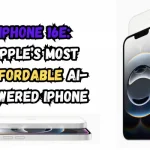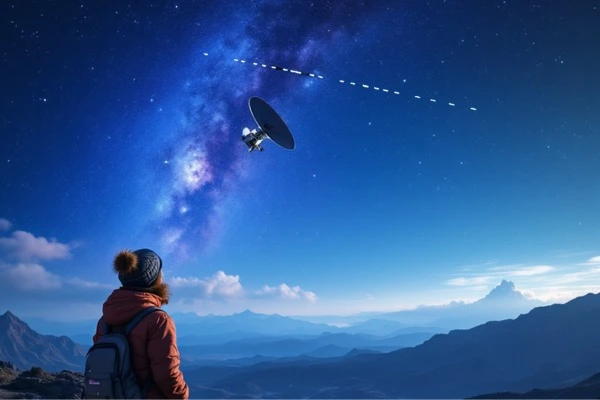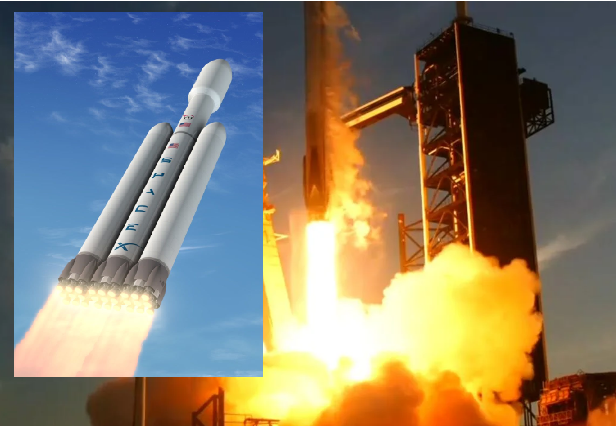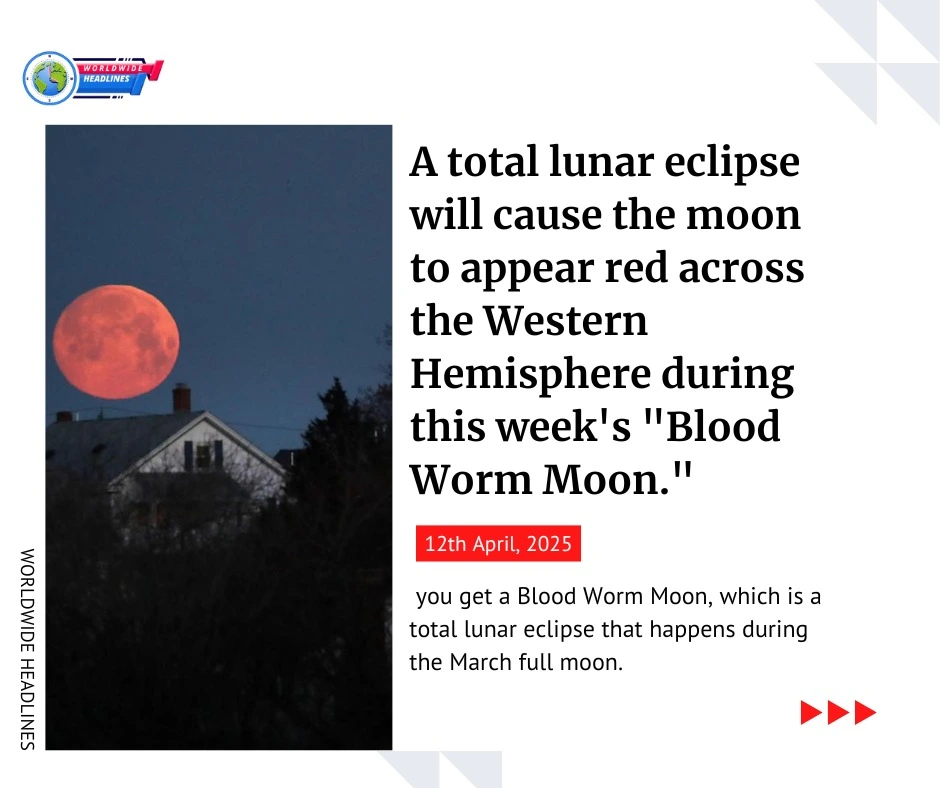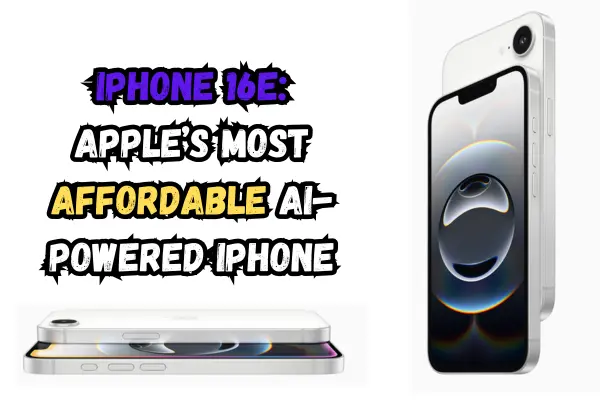In a bold move that could redefine mobile connectivity, T-Mobile has announced the expansion of its Starlink-powered satellite service beyond its own customers—offering access to AT&T and Verizon users as well.
AT&T and Verizon Users Can Now Join the Space Race
Starting in July, T-Mobile’s direct-to-cell Starlink service will be free for its premium Go5G Next subscribers and available for $15 per month for all other T-Mobile plans. But here’s the real twist: AT&T and Verizon customers can also get in on the action—for $20 per month per line.
T-Mobile’s Game-Changing Starlink Beta
T-Mobile’s partnership with SpaceX aims to eliminate one of the biggest frustrations of mobile users: signal dead zones. Using a constellation of over 450 Starlink satellites, the carrier will beam service directly to standard smartphones, eliminating the need for additional hardware.
For now, the service only supports SMS messaging in areas without cellular coverage, but voice and data capabilities are in the pipeline, pending regulatory approval.
Who Can Use It?
The good news is that most modern smartphones are already compatible. “We’ve worked closely with OEMs and handset providers, so this will work on most smartphones from the last four years,” said Clint Patterson, T-Mobile’s SVP of Marketing.
Supported devices will include the iPhone 14 and later, as well as Samsung’s Galaxy S21 and newer models. An online list of supported devices will be continuously updated.
For non-T-Mobile users, the only requirement is an unlocked device that supports eSIM technology. Once activated, the T-Mobile-Starlink eSIM functions as a second SIM, providing emergency connectivity when standard networks fail.
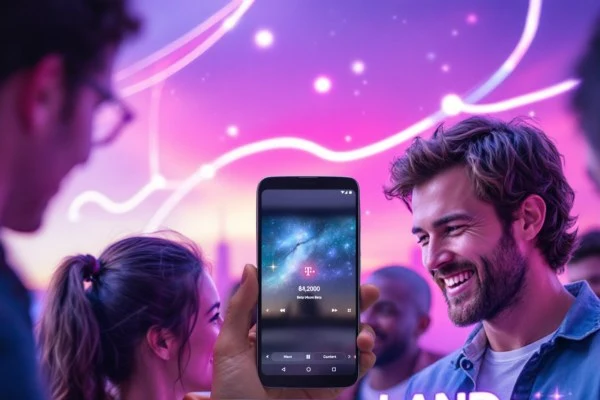
AT&T and Verizon Playing Catch-Up
T-Mobile’s aggressive expansion into satellite connectivity puts pressure on its biggest rivals. Both AT&T and Verizon have their own satellite ambitions—AT&T is working with AST SpaceMobile, while Verizon has partnered with Skylo.
However, these services are still in the early stages, making T-Mobile’s offering the first widely available option for mainstream consumers.
Interestingly, T-Mobile originally had no plans to extend the service to AT&T and Verizon users. But after seeing Verizon’s latest ad featuring astronaut Buzz Aldrin promoting a yet-to-be-released satellite texting feature, T-Mobile decided to make its move.
“Candidly, this was not part of our original plan,” Patterson admitted. “But when we saw Verizon advertising something that doesn’t even exist yet, we felt like we needed to act.”
Pricing and Early Adopter Perks
While T-Mobile’s premium subscribers get Starlink connectivity for free, others will have to pay $15 per month per line. AT&T and Verizon customers will have to shell out $20 per month.
However, T-Mobile is currently offering an early adopter discount—sign up before July, and you can lock in a $10 per month rate.
A Lifeline During Emergencies
T-Mobile and SpaceX have already proven the real-world value of satellite connectivity during crises. The companies activated emergency satellite coverage in response to last year’s Hurricanes Milton and Helene, and more recently, during the Los Angeles wildfires.
In such situations, T-Mobile has made Starlink access free for all affected users, regardless of their carrier.
“When disaster strikes, you have to put competition aside and focus on what really matters—helping people,” said Mike Katz, T-Mobile’s President of Marketing.
The service will also be used to broadcast Wireless Emergency Alerts to all users, providing crucial updates during natural disasters and other emergencies.
What’s Next?
For now, Starlink’s direct-to-cell service is limited to SMS messaging, but T-Mobile and SpaceX have ambitious plans. Later this year, they expect to roll out satellite-based data services, followed by voice calling.
“We’re still in the early days—I don’t want to overhype the experience during the beta—but dead zones, your days are numbered,” said T-Mobile CEO Mike Sievert.
Meanwhile, Apple and Google are developing their own satellite messaging solutions, but they currently focus on emergency services rather than general communication.
Unlike T-Mobile’s offering, Apple and Google’s satellite services are free for now, though both companies have hinted that they may charge for the feature in the future.
The Bottom Line
T-Mobile is taking a massive leap forward in satellite connectivity, and its decision to invite AT&T and Verizon users into the beta is a game-changer.
With the ability to send messages from anywhere under an open sky, users no longer have to worry about being stranded without service.
As T-Mobile and SpaceX continue to refine the technology, the days of frustratingly searching for a signal may finally be coming to an end.





